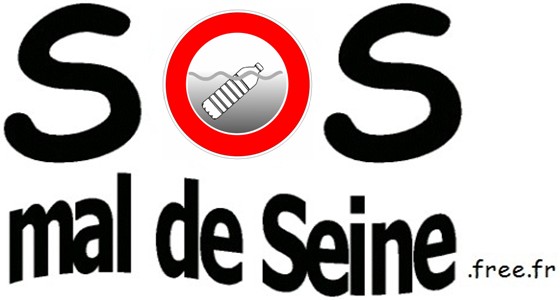Industrials plastic pellets in the marine environment
Origin
Industrials Plastics
granules are
small balls,
cylinders or plastic pellets. They are
produced and used in
industry for
making all our plastic objects. They can be recycled plastics or come directly from the processing of oil, gas or biomass.
Their size is under 10 mm and they are often confused with the sediments. They
can be of any
color. The
colors are regularly observed the
nuances of white translucent, grayish white, yellowish
white, the amber and black.
The possible causes of dispersal in the environment are
various :
• Leaks in the
production:
During the "process", packaging, storing, cleaning. They join the networks of wastewater, stormwater networks or directly ditches and streams.
• Leaks in transportation:
Problems with loading, incident handling, containers drilled, or in road accidents.
• Loss of containers or cargo at sea:
During the sinking or leaking containers.
• Losses to the transformation:
Same risk of leaks that
during the production and processing incidents (waste)
• Losses to use:
Peening, filtering device, draining, cleaning, polishing, absorbing antipollution.
• Uses inappropriate:
For horse tracks, for
moving heavy
loads, Déménagements, etc..)
Become
Plastic granules sometimes
become industrial waste before having been
used. Losses
can happen far upstream and follow the water cycle. They
are found on the
banks, in
canals, rivers, docks and beaches (in the foreshore)
Plastic granules of lower
density than water will float, drift and wash up. The floating pellets will fail and they remain trapped in the sediment, riprap, the macro and micro waste, plants,
organic pollutants. This plastic pollution can be very localized
and accumulates over hundreds of meters from shore but
often on a small width (a few centimeters to several meters).
Many parameters
affect accumulation
of these marine
debris: morphology and nature of the site, currents,
tides, wave
action, winds, weather, ...
Rivers are
natural vectors of this pollution. Industrial and harbor zones are areas of loss to control.
Plastic granules of higher density than water will sink.
They are not affected by this initial study of the supralittoral. We
believe they
represent at
least the
same amount that
the polymer
granules floating. The many additives and fillers increases the density of floating
pellets. plastic
granules flow because of the uncleanness, of
fouling or amalgams.
Some industrial plastic
granules are
eroded more
than others, in the
aquatic environment more or
less aggressive. Granules have visibly sizes
of about 1 mm. The attack waves on the
coast can melt them like a stone.
Scientists find of industrial pellets in some dissections.
These plastics have ingested "naturally" negative consequences for reproduction and survival of the bird. Plastic
granules adsorb organic pollutants (or metal) and can release their many additives.
Similarly, they can facilitate the transfer of
exotic species over
long distances. Becoming increasingly small, the granules will easily be absorbed or ingested by
organisms.
We fear the impact of plastics on our environment ...
Waste
reported similar
There is a misunderstanding of the term "mermaid tears". It includes
fragments of plastic,
glass or minerals, eroded by water. The fragments of plastic, polished by
the force of water, often retain their original geometry. They can not look like a manufactured pellet.
Pellets collected as pellets seem to
be really medicines or tablets.
Very small granules can be of the polymer powder (particle size of several micrometers), hard polystyrene microbeads but
also molecular
sieves if they easily crushed.
The polystyrene spherules come from the fragmentation
of blocks
of expanded
polystyrene (styrofoam).
They come from the degradation of protection packaging, insulated containers food, materials of
styrofoam used in construction and civil engineering. They can be lost directly by producers, users by water
treatment (biofilters?), Etc. ...
They are sometimes seen in
large quantities on the
shores.
These plastic microbeads, soft and very light, are not involved in this study.
We suggest to apply the 1992
recommendations Agency of Environmental Protection U.S. (EPA) and perform throughout the Operation Clean Sweep as USA (ACC & SPI 2010) or United Kingdom (SAS.uk and GMP) ...
We look forward to see concrete action on the commitment of world plastics industry during the 5th international conference in Hawaii in March 2011 on marine litter.
We must consider these plastic materials at fair value. These molecules or chemical compounds, with the consequences of use, hygiene and safety that this imposes.
A first step in Europe:
The EU must control the
production, packaging,
transport and use of industrial plastic granules ...
NGO SOS Mal de Seine maldeseine.free.fr sosmaldeseine@gmail.com
The NGO SOS Mal de Seine, based in Normandy, attended the Grenelle Environment on waste in the aquatic environment and the Grenelle de la Mer She conducted the initial assessment of industrial plastic pellets over 200 beaches and shores of the French coast (Framework Directive European Strategy for the Marine Environment - MSFD). The goals of the NGO: Information on the status of pollution of aquatic environments by marine litter.
Laurent COLASSE
